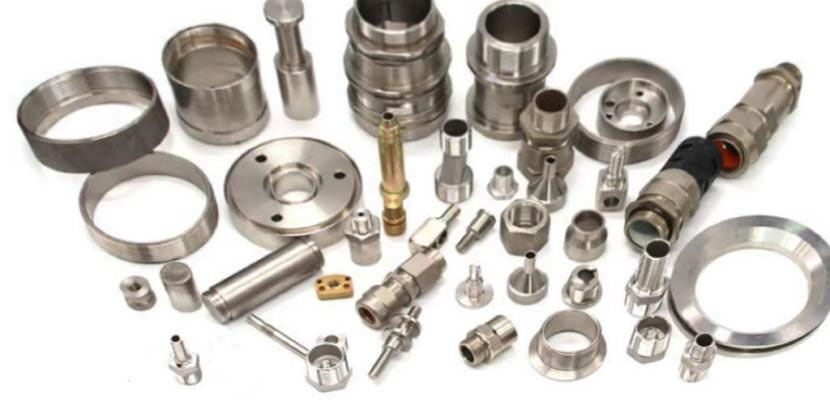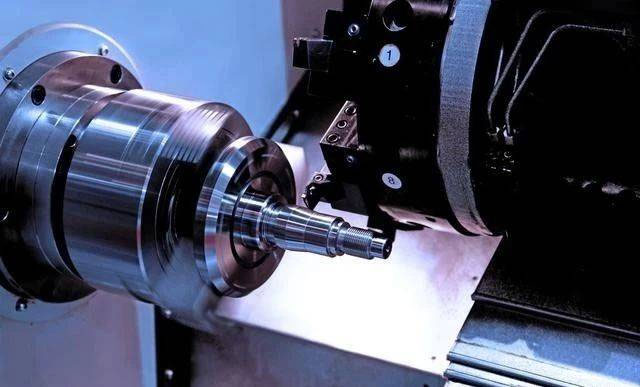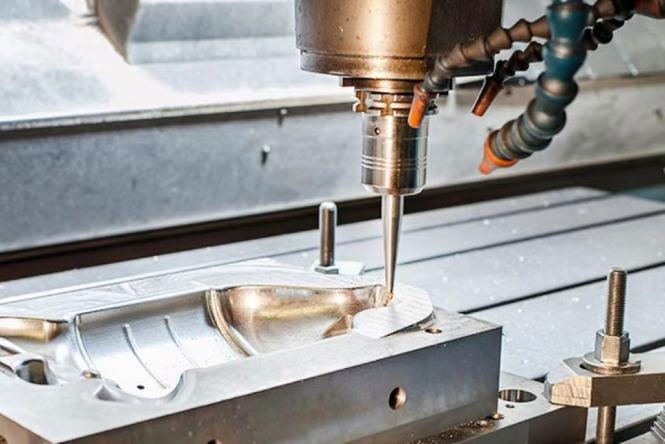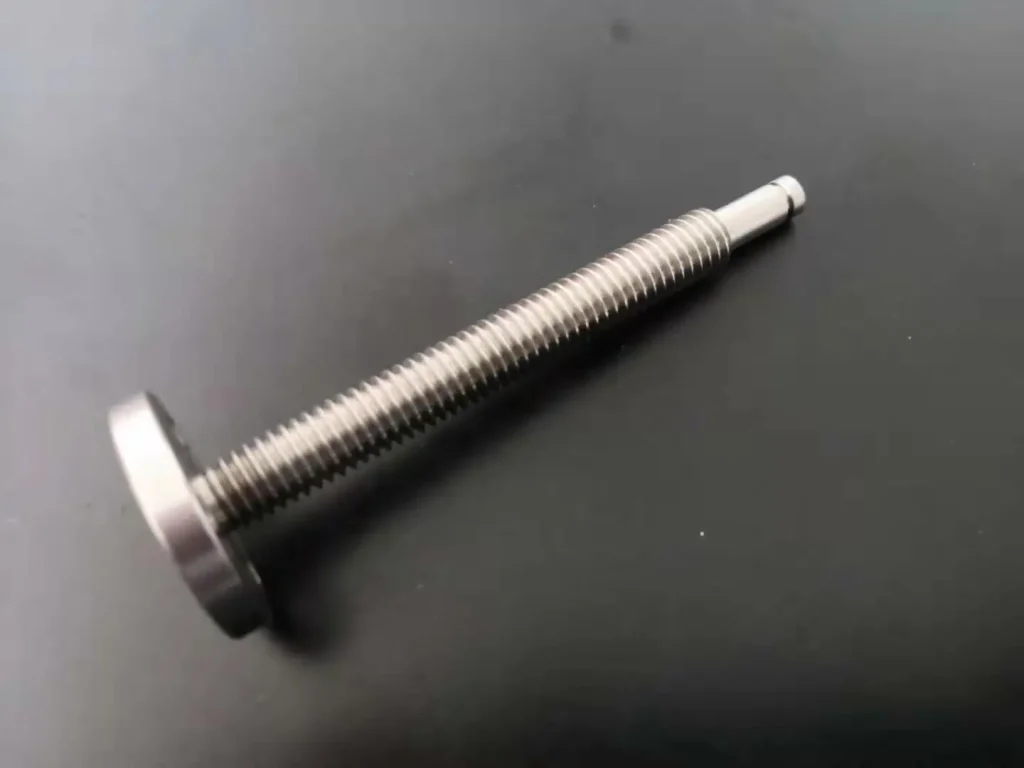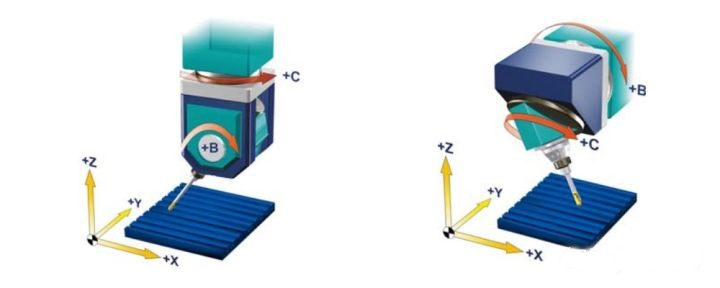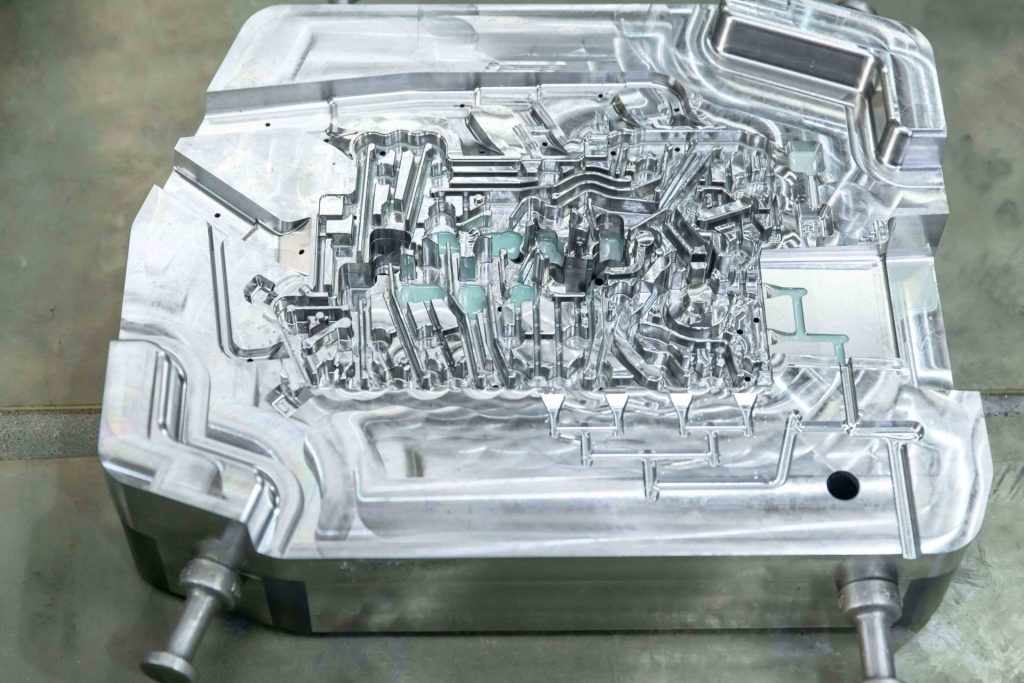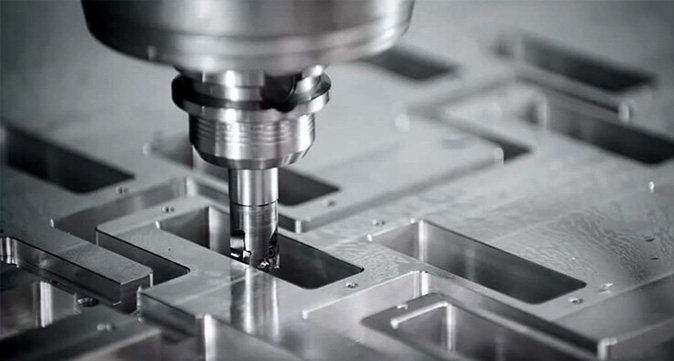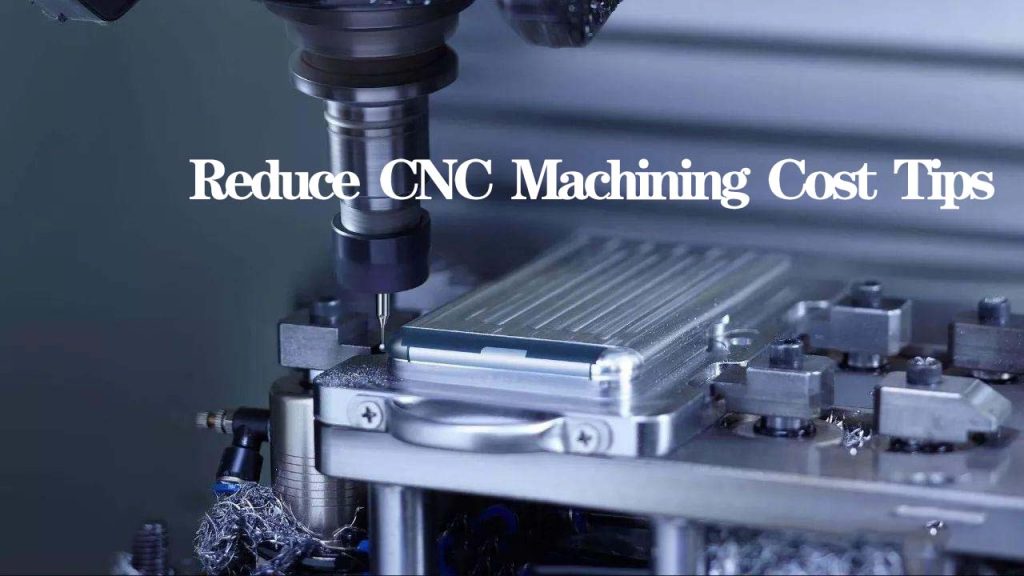What Makes High-speed CNC Machining Commonly Used?
CNC high-speed machining technology can greatly improve machining quality and machining efficiency, and it has become an inevitable trend in the development of the current machinery manufacturing industry, especially in the automotive manufacturing industry, aerospace industry, mold industry, and other fields. It has been widely used, and the results are quite Significantly. What on earth makes high-speed CNC machining commonly used? You may wonder, this article mainly analyzes and discusses the technical application of CNC high-speed machining technology in machinery manufacturing for you.
Nowadays, CNC high-speed machining technology has gradually replaced the combined machine tool. It has higher efficiency and stronger technical functionality. It has become one of the main processing equipment for flexible production lines under the background of high-tech technology, which further promotes the flexibility of the mechanical manufacturing production process. At the same time, it also greatly shortens the development cycle of various mechanical products.
4 Traits of CNC High-speed Machining
CNC high-speed machining technology has the characteristics of high quality, high efficiency, low consumption, and advanced, and is a modern mechanical automation manufacturing technology. The feed speed and cutting speed that can be provided are unmatched by traditional cutting technology. At the same time, its cutting mechanism has also undergone qualitative changes, and the overall cutting quality has shown a continuous and steady upward trend. The technical advantages of CNC high-speed machining are mainly reflected in the following four points.
- Increased Cutting Speed
The CNC high-speed machining technology has a high cutting speed, which is 3 to 8 times higher than the traditional conventional cutting speed. In addition, the idle speed of the machine tool has also been improved, which reduces the idle travel time of non-cutting equipment, and greatly improves the processing efficiency of mechanical equipment such as automobile molds.
- High-speed precision machining
Since the CNC high-speed cutting technology has a considerable cutting speed, its cutting force will decrease by about 30% on average, especially the radial cutting force has a larger decrease, which is conducive to improving the technology for thin-walled or rigid materials. Technical machining of poor parts. In general, the overall accuracy of the CNC high-speed machining technology system is relatively high, including the system positioning and clamping accuracy and the tool repeatability positioning accuracy have good accuracy retention, so the tool system in this system has relatively high accuracy requirements, which can Maintain the dynamic and static stability of the system as a whole during high-speed cutting, to meet the technical requirements of high-speed and high-precision machining.
- Hot deformation parts processing
During the implementation of high-speed cutting technology, generally, 95% to 98% or more of the cutting heat cannot be transferred to the workpiece in time but is taken away by the chips, so the workpiece will remain cold most of the time. Therefore, the technology is more effective for those parts that are prone to thermal deformation. Of course, the problem of thermal deformation error should also be considered, which can affect the high-speed and high-precision CNC machining technology, especially the impact on the machining process of machine tools and other mechanical equipment. Therefore, an error compensation technology should be selected to eliminate the thermal deformation error of the machine tool. This technology has high compensation accuracy, strong robustness, and excellent economic benefits.
- Processing of difficult-to-machine materials
Titanium alloys, nickel-based alloys, etc., are difficult to process. Because of their overall strength, hardness, and impact resistance, they are prone to hardening during processing, resulting in high cutting temperatures. In the long run, the tools are prone to serious wear. If high-speed cutting technology is used, the above problems can be overcome, the productivity of machine manufacturing can be improved, and the surface quality of products such as molds can be optimized.
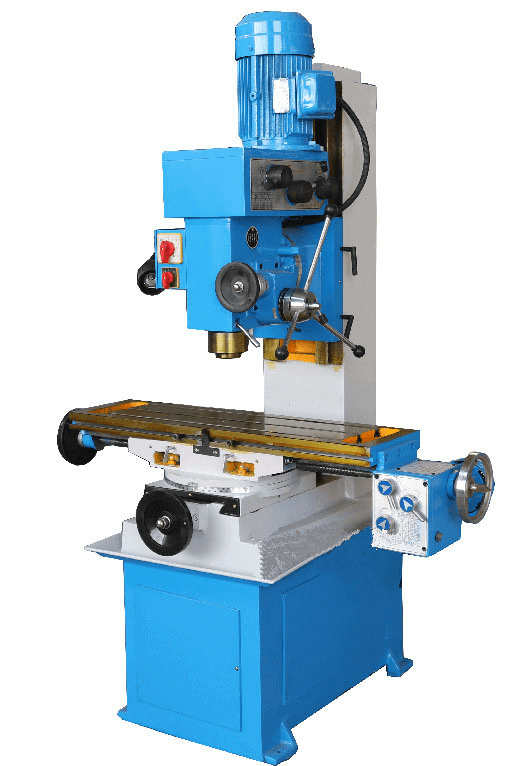
What’s the Matching Tools to CNC High-Speed Machining Technology
The CNC high-speed machining technology is advanced, complex, and systematic and has higher requirements for many indicators such as machine tools, tool holders, tools, control systems, CAD/CAM software, etc., technology application.
At present, CNC high-speed machining technology is mainly developed in conjunction with microelectronic technology, CNC technology, and new material structure basic technology.
1. High Rigidity of Machine Tool
The rigidity of the machine tool system is high. In the process of milling machine tools, it is necessary to provide a high-speed supply driver to maximize the use of CNC high-speed cutting technology. The fast forward speed of the driver is required to be 40m/min, and the 3D contour processing speed is also about 10m/min. At the same time, it is necessary to provide the milling system with an acceleration of 0.4m/s and a deceleration of 0.3m/s.
2. Strict Requirement of Tool Holder
The rigidity of the tool holder and the spindle is required to be high. Generally, the system speed is required to reach 10000~50000r/min. It is mainly based on the spindle to compress the air and cool the system to control the axial gap between the tool holder and the spindle. within 0.00762mm.
3. Coherence of CNC Machine
The reliability of the machining process is required to be high, and a high-quality process model is critical to the integration of the relationship between cutting conditions and tool life. It can effectively improve the utilization efficiency of the machine tool and ensure that the CNC high-speed cutting technology also has high safety and reliability under the unmanned operation state.
What are the requirements of a CNC machining Tool?
The technical application of CNC high-speed machining technology in tool holders and tools mainly focuses on geometric accuracy and clamping repeatability. In the process of CNC high-speed cutting, the system will be affected by strong vibration and centrifugal force, which prompts it to improve the rigidity and high-speed dynamic balance requirements for tool shank and tool processing to ensure that the cutting tool shank tool has high quality and safety and reliability. In the process of high-speed machining, the selection of tools is quite different from ordinary cutting because the basic characteristic of “high speed” must be considered. At present, the more common HSK high-speed tool holder is a high-speed tool holder with thermal expansion and cold contraction tightening characteristics, which is very suitable for the CNC high-speed cutting process in the mechanical manufacturing process.
In the process of high-speed machining, the tool must bear external loads: high temperature, high pressure, friction, shock, vibration, etc. The technological performance and economic performance of the tool must be considered, and these are the main factors to achieve high-speed machining. While selecting the material process of CNC high-speed cutting tools, the method of high-speed cutting should also be considered.
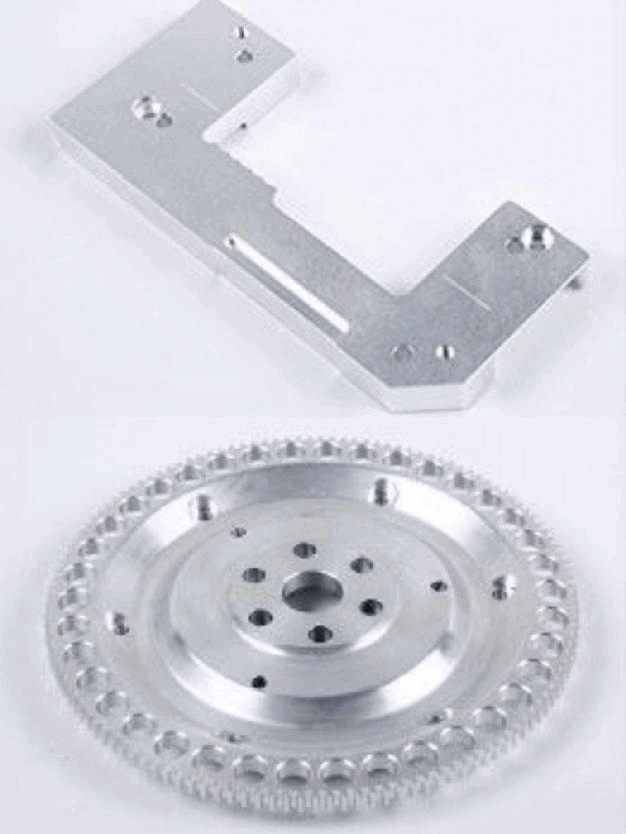
Case of CNC High-speed Machining
The CNC high-speed machining technology is widely used in the automotive machinery manufacturing industry. The following mainly introduces the application process of the CNC high-speed machining technology for the engine front cover in the auto panel mold and the basic parameters of the auto panel mold processing.
The mold processing of automobile cover parts generally involves large dimensions, and because it is a 3D profile, it is relatively complex in structure requires high machining accuracy and a large amount of cutting, so CNC high-speed machining technology can be used. Take the flanging to die for the front cover of an automobile engine as an example. Its workpiece material is CH-1, the workpiece hardness is HB330, and its external dimensions are 2000mm×1400mm×400mm. To use the coated carbide tool material for high-speed machining, the machining time for high-speed machining of the flanging mold of the front cover of the automobile engine is about 24 hours, and the surface roughness can be controlled at about one μm, so there is no need for manual grinding. , only need to carry out oilstone polishing. Then cooperate with the fitter to repair (3h), and it will take 27h in total. Compared with the traditional cutting operation time, the operation time is reduced by about 83%, and the processing efficiency is significantly improved.
Conclusion
CNC high-speed machining technology has become one of the main core technologies in the field of machinery manufacturing, especially suitable for aerospace and automotive mold manufacturing industries with extremely high technological requirements. In the future, research on this technology will also continue to deepen to ensure that this field of practical application continues to move forward.


